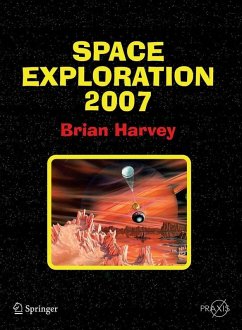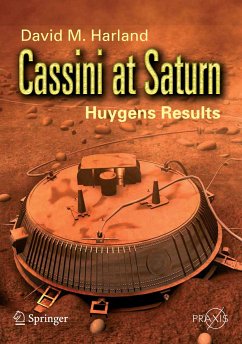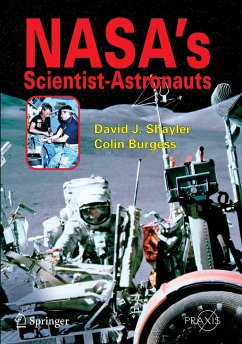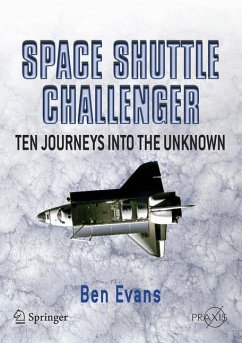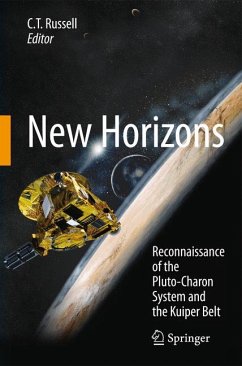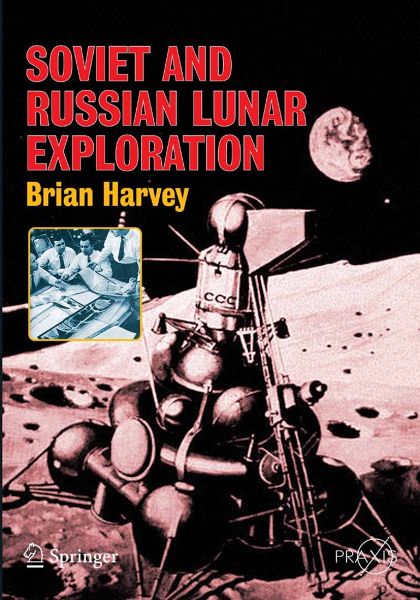
Soviet and Russian Lunar Exploration (eBook, PDF)

PAYBACK Punkte
22 °P sammeln!
This book tells the story of the Soviet and Russian lunar programme, from its origins to the present-day federal Russian space programme. It is the first book dedicated to Soviet/Russian lunar exploration and shows how the USSR/Russia developed systems for reaching the moon and returning lunar spaceships to Earth. Brian Harvey describes the techniques devised by the USSR. He asks whether these systems would have worked and examines how well they were tested. He concludes that political mismanagement rather than technology prevented the Soviet Union from landing cosmonauts on the moon. The book...
This book tells the story of the Soviet and Russian lunar programme, from its origins to the present-day federal Russian space programme. It is the first book dedicated to Soviet/Russian lunar exploration and shows how the USSR/Russia developed systems for reaching the moon and returning lunar spaceships to Earth. Brian Harvey describes the techniques devised by the USSR. He asks whether these systems would have worked and examines how well they were tested. He concludes that political mismanagement rather than technology prevented the Soviet Union from landing cosmonauts on the moon. The book is well timed for the return to the moon by the United States and the first missions there by China and India.
Dieser Download kann aus rechtlichen Gründen nur mit Rechnungsadresse in A, B, BG, CY, CZ, D, DK, EW, E, FIN, F, GR, HR, H, IRL, I, LT, L, LR, M, NL, PL, P, R, S, SLO, SK ausgeliefert werden.



